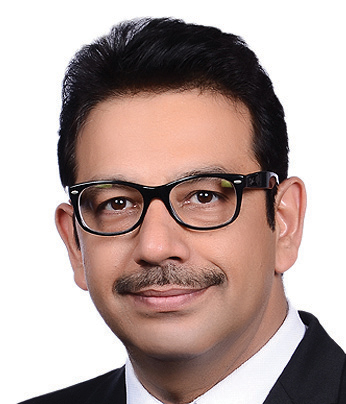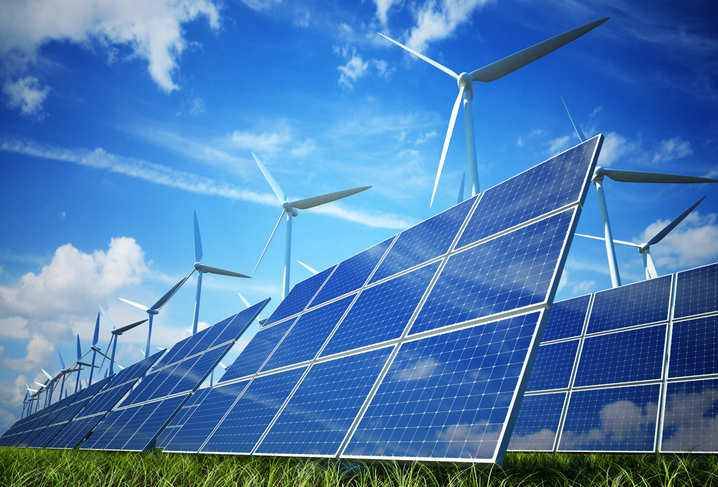July 19
Safeguard duty on imported modules will raise solar power tariffs up to Rs. 3 per unit- ratings agencies
Mumbai: Solar power tariffs will rise to ₹2.9-3.2 per unit if the government imposes a safeguard duty on solar modules imported from China and Malaysia, as recommended by the Directorate General of Trade Remedies (DGTR).
In the most recent reverse auctions for inter-state transmission system-connected solar projects, the lowest tariff had been at a historical low of ₹2.44 a unit.
On Monday, the DGTR, which functions under the ministry of commerce, recommended imposing a safeguard duty of 25% on solar cells and modules imported from China and Malaysia in the first year. This will be brought down to 20% in the first six months of the second year, and then at 15% in the second half.
Currently, 85-90% of the solar modules used in India are imported from China and Malaysia. The Indian government has set an ambitious target of solar-powered electricity generation touching 100GW by 2022.
In a research note, ratings agency Crisil said that the duty could raise capital costs for solar projects based on imported modules by approximately 15-20% (at current prices). “At present, 11-12 GW of projects are estimated to be under-construction. These developers would use the ‘change in law’ clause in their contracts to pass on the rise in costs to discoms and/or the appropriate electricity regulatory commission. That can cause a temporary rise in working capital requirement or delay commissioning.”
Crisil Research’s analysis shows that to maintain current returns, the minimum bid tariffs for solar power projects based on imported modules would need to rise to ₹2.9-3.2 per unit for a duty rate of 25% in the first year of imposition, compared with the ₹2.44-2.80 per unit bid tariffs seen over the past few quarters. Duty rates at 20% and 15% applicable in the second year will need slightly lower tariffs of ₹2.8-3.1 per unit for developers to continue to earn the same levels of return.
Ratings agency ICRA estimated that if the solar tariffs are approved by the ministry of power, it would increase the capital cost of solar power projects by 15% while tariffs would rise 30-35% a unit.
Sabysachi Majumdar, group head, corporate ratings, ICRA Ltd, said: “For existing domestic solar cell and module manufacturers, the imposition of safeguard duty would be a positive development as it would lead to an improvement in their competitiveness against the cheaper imports. However, given that the safeguard duty is applicable only for a period of two years, this is unlikely to lead to any material increase in the domestic solar module or cell manufacturing capacity.”
In fact, the final decision on the safeguard duty should be announced soon to avoid uncertainty on equipment costs and to keep developers interested in future bids, Majumdar added.
Domestically manufactured solar modules are typically 8-10% costlier than imported ones. A 25% safeguard duty would make them more competitive, believes Prasad Koparkar, senior director, Crisil Research. However, in a research note, he said that the industry currently lacks the scale and capacity to service the more than 10GW average annual demand from project developers.
Sunil Rathi, director, Waaree Energies, a solar module manufacturer, said: “The current proposal from the DGTR comes as a relief and further strengthens our faith in the government’s support towards Indian manufacturers. Imposition of 25% safeguard duty will provide the necessitated boost to solar cells and module manufacturers…Given a conducive environment, Indian manufactures are capable of innovation, product efficiency and quality. Safeguard duty is bound to ensure an even-playing field for both domestic and imported products. We also foresee this initiative to help in more investments on R&D and disruptive technology.”
Most of the smaller local module players import their solar cell requirements, a chunk of it from Chinese manufacturers. Given that the safeguard duty will also apply to solar cells, Koparkar of Crisil said that these module manufacturers would also be hit, raising the domestic cost of production.
“The average solar tariff was expected to remain aggressive, having touched ₹2.44 per unit mark twice,” said Rahul Prithiani, director, CRISIL Research. “But an increase in capital costs means solar becomes less competitive as compared to wind power, which averaged ₹2.80 per unit in fiscal 2018 and has also seen tariffs of as low as ₹2.43. However, the overall capacity additions may not be materially impacted as cost competitiveness of solar with other sources, barring wind, remains high, though there could be some near-term delays in project implementation.”






